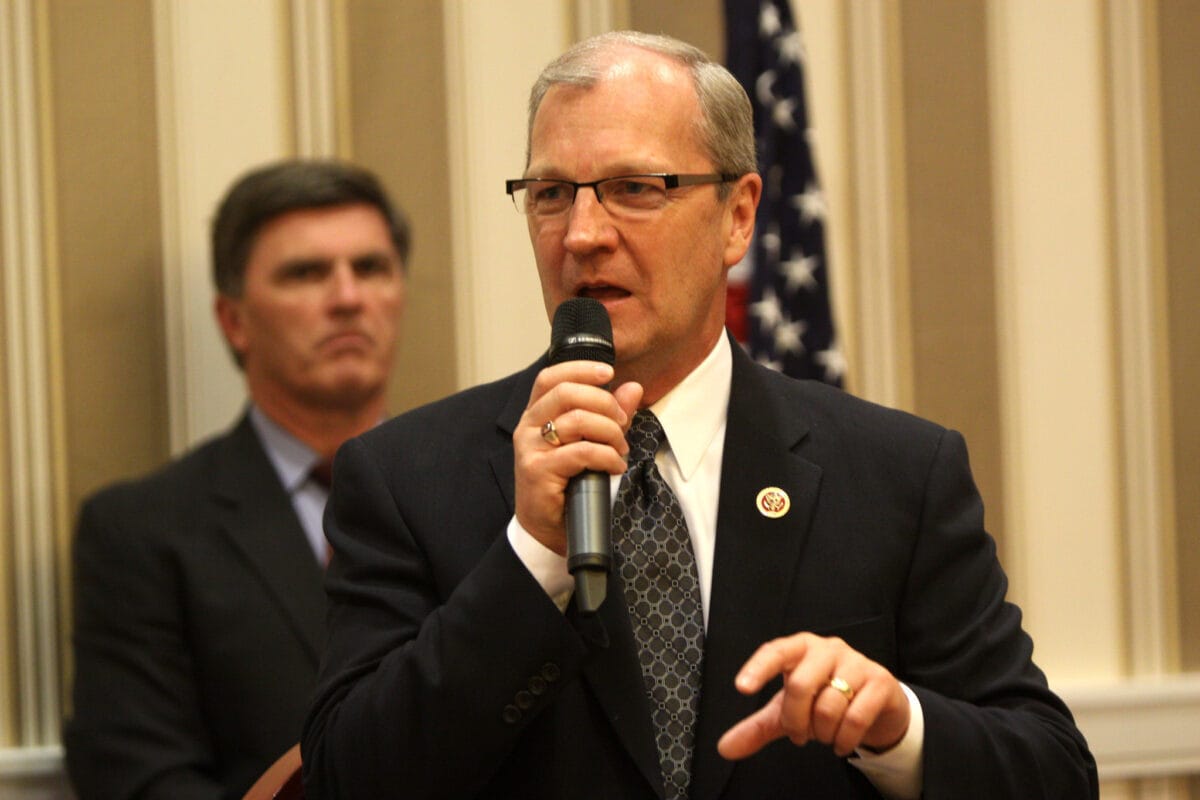Senators Introduce Healthcare Broadband Bill as House Companion, Proposes $2 Billion Telehealth Expansion
May 26, 2020 — On Friday, Sens. Brian Schatz, D-Hawaii, Lisa Murkowski, R-Alaska, John Boozman, R-Arkansas, Gary Peters, D-Michigan, Angus King, I-Maine, Dan Sullivan, R-Alaska, Kevin Cramer, R-N.D., and Ed Markey, D-Mass. introduced “Health Care Broadband Expansion During COVID-19 Act,” the Senate

May 26, 2020 — On Friday, Sens. Brian Schatz, D-Hawaii, Lisa Murkowski, R-Alaska, John Boozman, R-Arkansas, Gary Peters, D-Michigan, Angus King, I-Maine, Dan Sullivan, R-Alaska, Kevin Cramer, R-N.D., and Ed Markey, D-Mass. introduced “Health Care Broadband Expansion During COVID-19 Act,” the Senate companion bill to H.R. 6474.
The bill would expand the Federal Communications Commission’s Rural Health Care Program, which offers funding to eligible health care providers for broadband and telecommunications services.
House Energy and Commerce Health Subcommittee Chairwoman Anna G. Eshoo, D-Calif., had on April 10 introduced the House version of the bill with Rep. Don Young, R-Alaska
The House version of the bill would include mobile clinics and temporary health facilities deployed in response to the coronavirus pandemic.
“The coronavirus has only increased the need for high-quality and reliable internet connectivity as healthcare is increasingly delivered through telehealth and healthcare professionals depend on broadband for every aspect of their operations,” Eshoo said.
Healthcare providers currently pay an average of over $40,000 per year for broadband connectivity. The FCC’s Healthcare Connect Fund Program subsidizes 65 percent of the cost of broadband for eligible public and nonprofit rural healthcare facilities.
The proposed House bill would expand the program to include rural, urban and suburban healthcare facilities and increases the subsidy rate to 85 percent. The bill also streamlines administrative requirements to ensure healthcare providers receive funding as quickly as possible.
“As technology has advanced, so too has the delivery of healthcare,” said Young. “Telehealth is a proven healthcare delivery method, but requires access to reliable broadband connectivity.”
A coalition of 48 healthcare organizations endorsed the House bill and its companion in the Senate. Supporters include:
- Stanford Health Care
- California Telehealth Network
- Schools, Health & Libraries Broadband (SHLB) Coalition
- American Health Care Association
- Association of Clinicians for the Underserved
- Healthcare Leadership Council
- Rural Health IT Corporation
- College of Healthcare Information Management Executives
- National League of Cities
- National Association of Counties
- ACA Connects—America’s Communications Association
- USTelecom – The Broadband Association
- NCTA — The Internet & Television Association
- The Fiber Broadband Association
“Like the companion legislation introduced in the House, this plan recognizes that all of our country’s hospital systems and health care providers – no matters their zip code – should have cutting edge broadband and digital technology to diagnose and treat patients,” said Jonathan Spalter, US Telecom CEO.
“We are very pleased to see growing bipartisan support for legislation that addresses the urgent need to increase broadband capacity at both rural clinics and urban hospitals,” said John Windhausen, executive director of the Schools, Health and Libraries Broadband Coalition.










